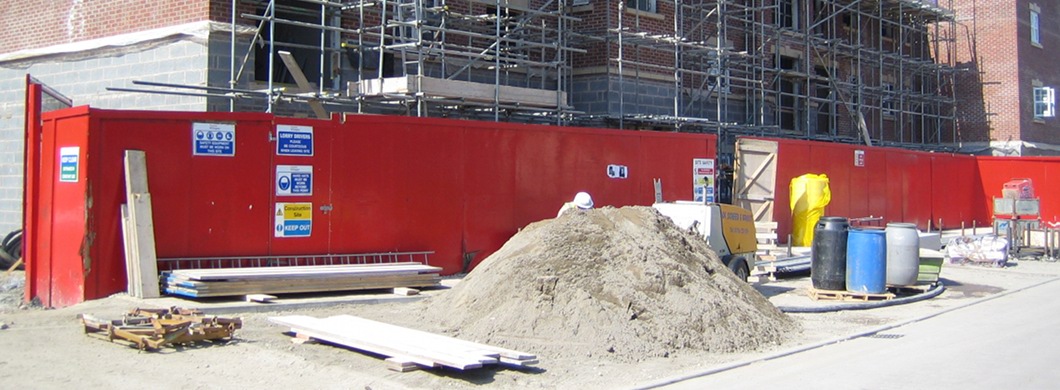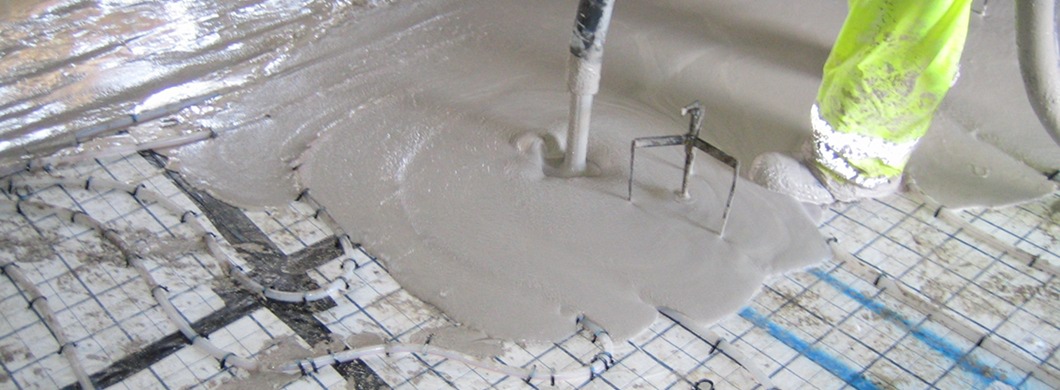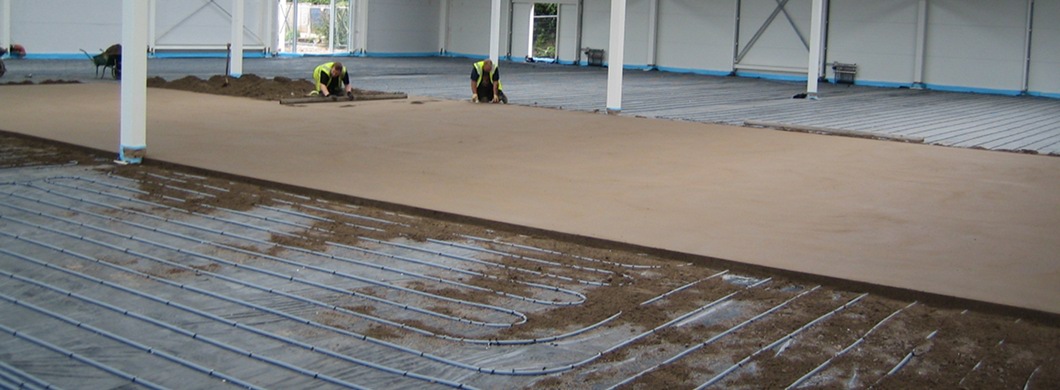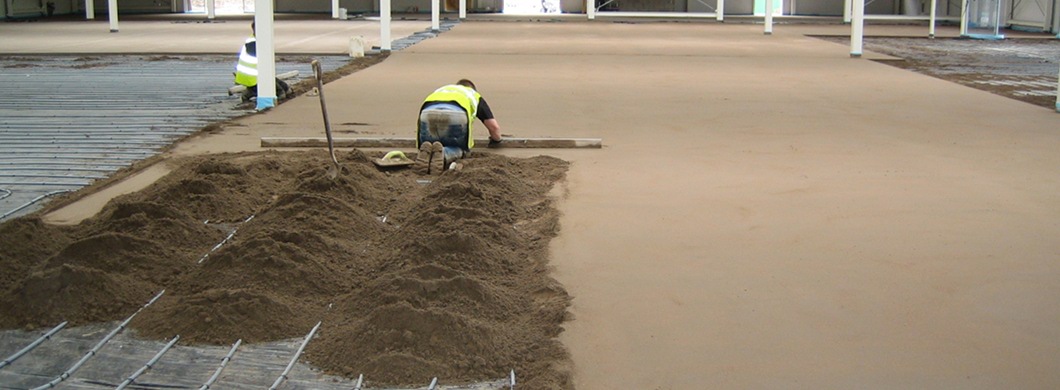When it comes to finding floor screeding contractors in the North West – be it Cheshire, Cumbria, Greater Manchester, Lancashire or Merseyside – look no further than JCW Floor Screeding.
With more than 25 years’ experience, we are experts when it comes to supplying and installing screed for self-builders. Our screeds include:
All our traditional sand and cement screeds are guaranteed to provide a smooth level floor surface. They are most popular for projects in the North West, and providing they are overlaid with a suitable floor covering, can be used in all locations, ranging from apartments and shops to extensions and conversions.
Floor screed can also encapsulate underfloor heating pipes – keeping them secure and ensuring your system works efficiently.
Request A Quote for Floor Screeding in North West
If you’d like to know more about our floor screeding products and services in the North West, request a free no-obligation quotation today.
Email architect drawings to us at estimating@jcwgroup.co.uk and we’ll review them, taking into careful consideration the area being treated and the required materials. If necessary, we can schedule free site visits before your project starts – identifying issues before we quote and install floor screed in the North West.
At JCW, we provide a quote within 48 hours, along with a timing plan, ensuring every aspect of your project is covered.
If you’re happy for our North West screed team to proceed, let us know within 5 working days and we’ll get started as soon as possible.
Why JCW for floor screeding in North West
Here at JCW, we understand the difficulties associated with managing a self-build project, hence why we work closely with you to ensure our floor screeders fit in with sub-contractors, architects and developers.
Taking on a self-build project in the North West can be demanding but we offer total peace of mind thanks to our comprehensive public liability insurance and strong health and safety culture. We also offer after-care support so should a problem arise, you can rest assured that we’ll resolve it quickly and safely.
To find out more about the floor screeding products and services we offer to self-builders throughout the North West, contact us via our online enquiry form or call 01204 387 029.





